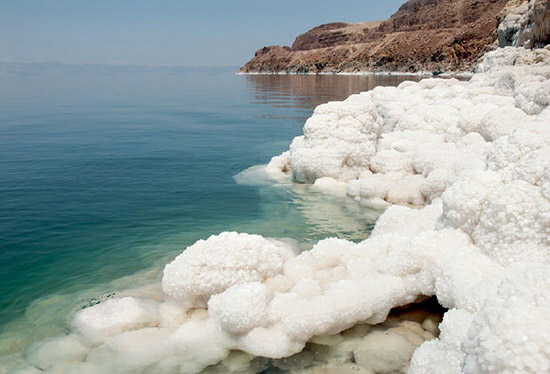The Dead Sea is a unique geological formation resulting from the breakup of continental landmasses and the interactions of multiple tectonic plates, including the African, Arabian, Indian, and Eurasian plates. This activity has formed a series of north-south valleys in parts of the Arabian Peninsula, encompassing regions of Israel, Jordan, and Saudi Arabia.
Situated in one of these extensional valleys, the Dead Sea is the lowest elevation lake on Earth, lying approximately 1,400 feet (430 meters) below sea level. Its deepest parts reach about 1,000 feet (300 meters) further down. Despite having a water volume comparable to Lake Tahoe in the United States, the Dead Sea is markedly different due to its extremely high salinity. With a salt concentration of about 34 percent, it is nearly ten times saltier than ocean water, creating an environment where very few forms of life can survive.
The Dead Sea’s hypersalinity is believed to be a result of the Arabian Peninsula’s history of uplift and subsidence, which has seen multiple cycles over millions of years. Around 3 million years ago, a significant uplift event isolated the basin from the Mediterranean, leading to the formation of a large inland sea. This precursor to the modern Dead Sea gradually evaporated, leaving behind substantial salt deposits and increasing the salinity of the remaining water. This process is responsible for the lake’s high salt concentration and its “dead” name, reflecting the scarcity of life in its waters. The Dead Sea remains a stark reminder of the dynamic geological forces that shape our planet and influence its ecosystems.

